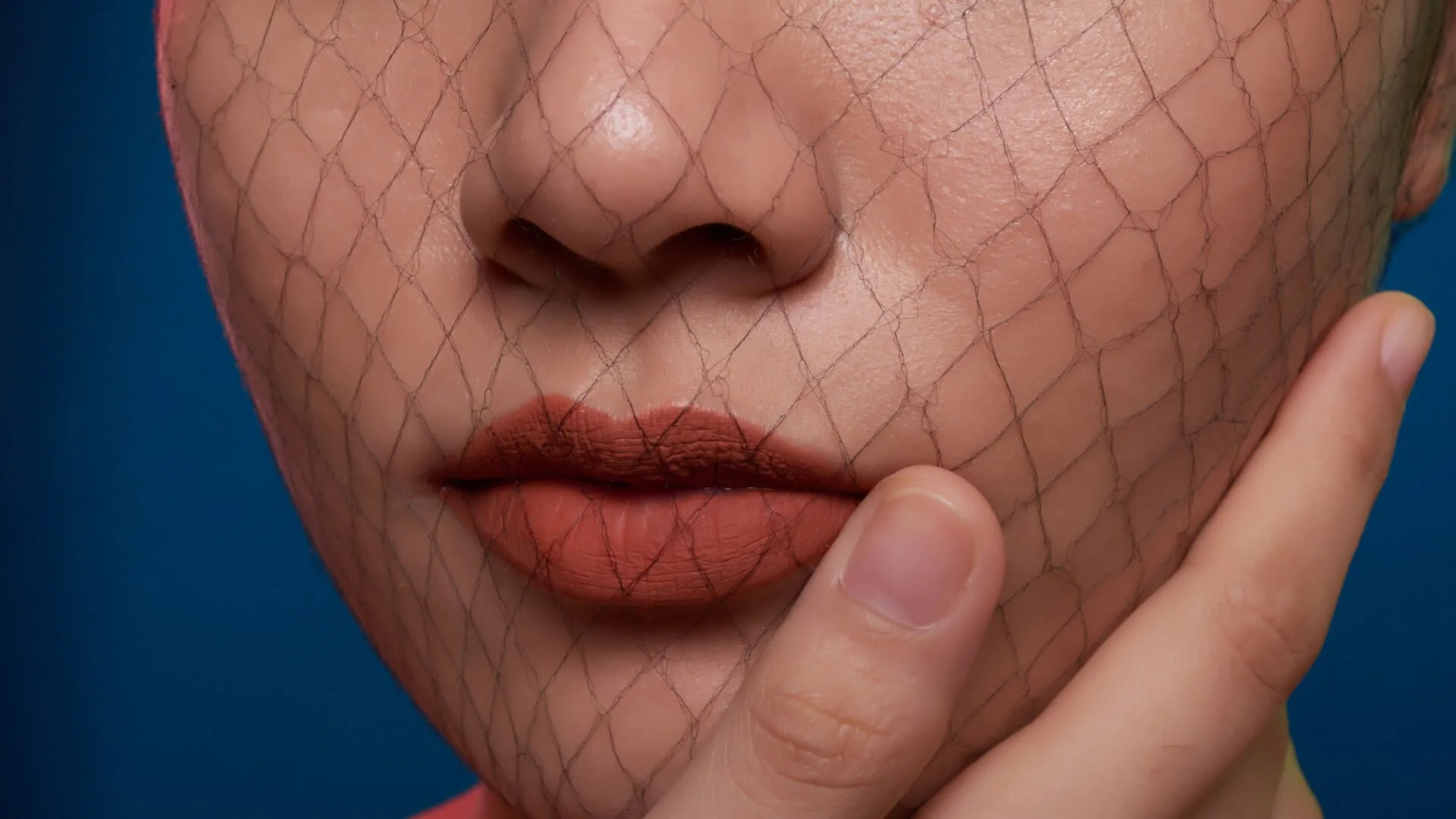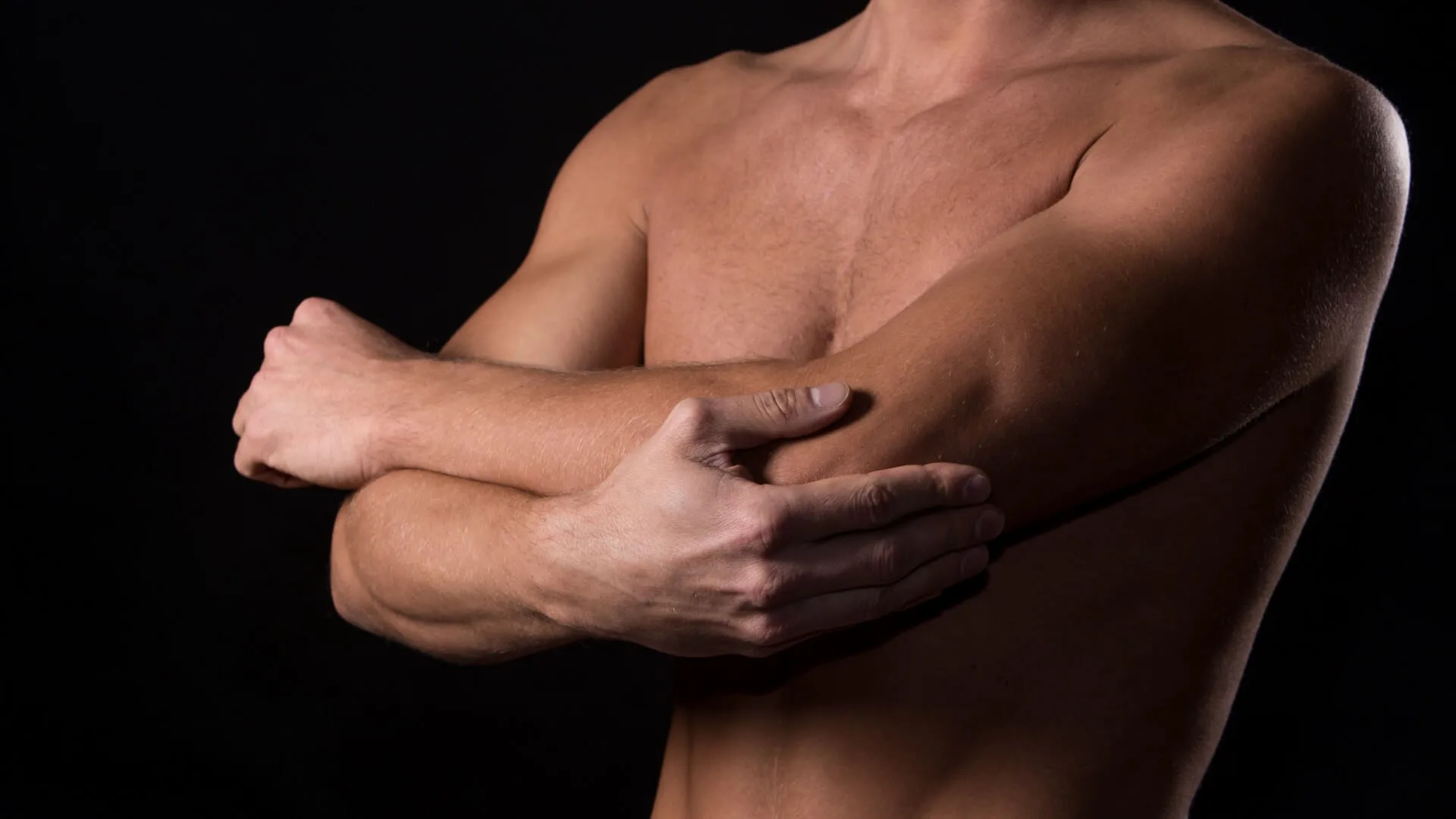A rhinoplasty is a highly transformative procedure where the surgeon can change the shape and size of one’s nose. This cosmetic surgery can enhance the functions of the nose as well as improve its aesthetics. However, the nose’s proper healing is essential for the final results to be the best. Continue reading to learn about the healing time of a rhinoplasty procedure as well as how to reduce the swelling after getting a nose job.
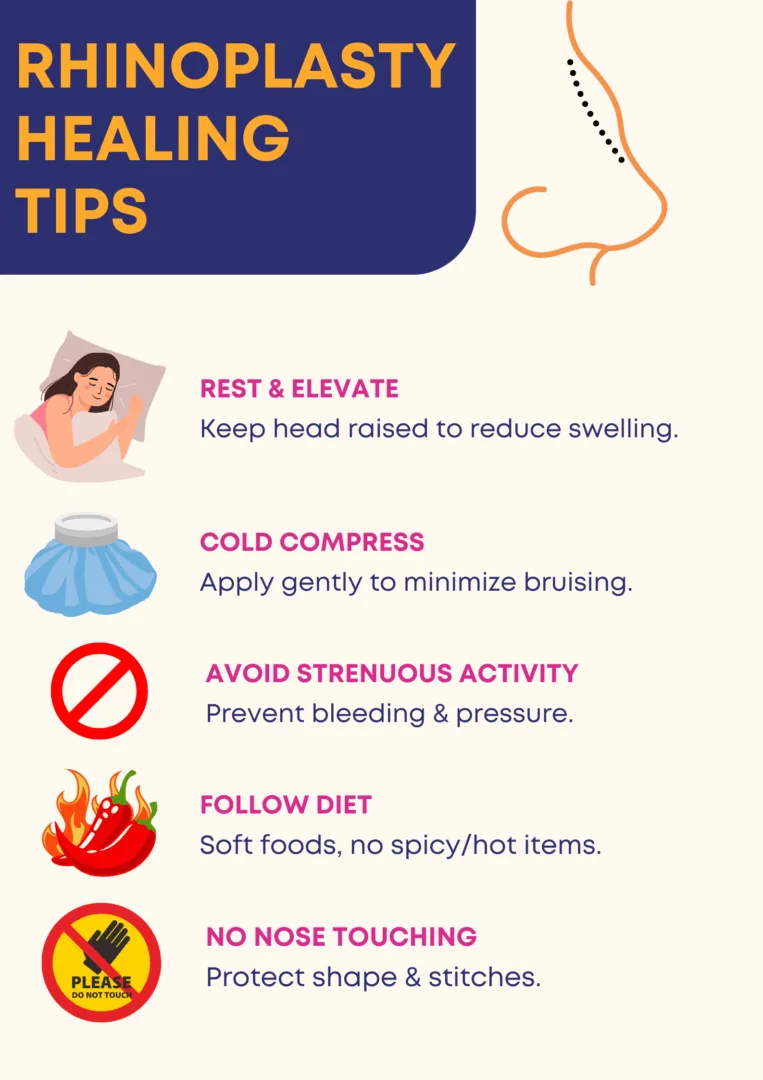
👃 Understanding Rhinoplasty Healing Stages
Week 1: Immediate Post-Op
The first 2 to 3 days right after the surgery should involve ample rest, as the swelling and bruising will be the worst. Furthermore, the patient will also feel nasal congestion along with pressure in their face. Moreover, the patient will have bandages and a splint to support and protect the nose. The doctor will prescribe over-the-counter medication to help with any discomfort.
To add to this, the patient will have to keep their head elevated while they sleep to help their nose heal faster.
Weeks 2-4: Early Healing
During the second week, the doctor will remove the splint and bandages during the follow-up appointment. Patients can return to work by week 2 but, limit their activities and avoid heavy lifting and any extreme exercises.
Between weeks 2 to 4, the bruising subsides significantly. There will be some light puffiness in the tip area.
Months 1-3: Mid-Recovery
By the end of the first month, the patient will begin to see the results of the rhinoplasty with only a small amount of swelling remaining. Light exercise, such as brisk walking is encouraged while strenuous activity should still be avoided at all costs. By month 2 and 3, the patient’s face will begin to look as it did before surgery but with a much better nose shape. However, the swelling on the nose tip can stay for up to a year.
6-12 Months: Final Results
It can take a whole year for the full swelling to subside and the results of the rhinoplasty to fully appear, especially if the patient has thicker nose skin. By this point, the patient can fully see the transformation of their nose due to rhinoplasty.
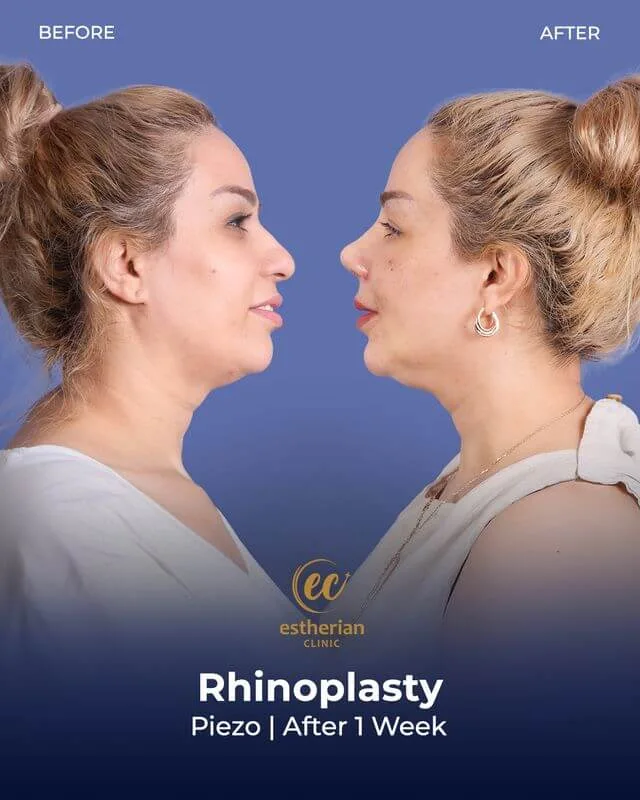
👃❤️🩹 How to Reduce Swelling After Rhinoplasty
The first 10 – 14 days after a Rhinoplasty procedure are the period when post-operative swelling and bruising gradually resolve and subside. Tips for faster Rhinoplasty healing include:
Immediate Post-Op Care (First 72 Hours)
The first 72 hours after a Rhinoplasty are very important for proper healing and the successful resolution of swelling and bruising. The key aspects of the nose job swelling stages and their dissipation are as follows:
Head Elevation
Keeping the head elevated prevents the buildup and stagnation of fluid around the nose. When the head is raised at an angle of 30 to 45 degrees, it is easier for any fluid at the surgical site to properly drain. This action also decreases bleeding by minimizing the blood flow to the area. Therefore, the best sleeping position after a Rhinoplasty is to use two to three pillows to elevate the head or to sleep in a recliner for the first 2-4 weeks post-op.
The Use of Cold Compress
A cold compress is a proven and effective method to reduce swelling and bruising after a Rhinoplasty. The cooling effect of the cold compress constricts the local blood vessels and reduces swelling, bruising, and discomfort. It is done by wrapping the cold pack in a towel and placing it in the vicinity of the nose (on the cheek) for approximately 15 minutes.
📍Moreover, avoid direct placement of the cold pack on the surgical site; wrap it in a towel, and do not apply too much pressure. For the first 48 hours, using a cold compress for 15 – 20 minutes every hour accelerates the rate of resolution of swelling and decreases any pain or discomfort.
Hydration
The hydration status of the body plays an important role in the post-operative recovery of a Rhinoplasty surgery. Staying hydrated thins out the nasal secretions and prevents them from drying and crusting at the surgical site.
📍 The rule of thumb is to avoid using a straw and drinking hot liquids while maintaining hydration. Water is also a great way to flush out any excess fluid and toxins from the body.
Diet, Supplements, & Lifestyle
Whether it is postoperative recovery or daily life, the importance of a nutritious diet and supplementation cannot be denied.
- Avoid high-sodium foods because they lead to water retention
- Prioritize fresh fruits, vegetables, lean proteins, etc.
- Use natural anti-inflammatories like Pineapples, Arnica Montana, etc.
- Avoid smoking or vaping (Retards healing and restricts blood flow)
- Avoid alcohol (Slows healing, dilates blood vessels)
- Use Vitamins C and Zinc to boost collagen production, healing, and immunity
- Avoid high-impact activities for the first 2 – 4 weeks
- Avoid bending or lifting heavy loads
- Sleep on your back
- Use all the prescribed medications diligently (steroids to reduce swelling)
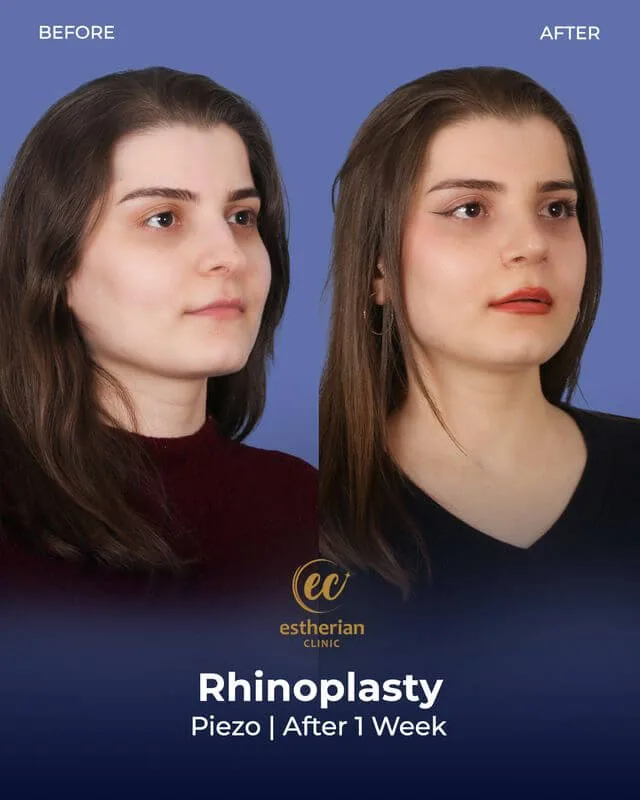
💊 Explore Common Concerns & Myths About the Rhinoplasty Recovery Timeline
For those wondering, when does Rhinoplasty swelling go down? The simple answer is that most of the swelling and bruising resolve in the first 10 – 14 days after the surgery. The initial recovery period of a Rhinoplasty is 2 – 4 weeks. However, complete healing may take up to 4 – 6 months. The full aesthetic outcome of a Rhinoplasty appears in 8 – 12 months. Some common concerns and myths about Rhinoplasty are as follows:
Why is my nose still swollen after three months?
In people with higher-than-normal skin thickness, swelling takes longer to subside and resolve. Unless accompanied by worrying symptoms like delayed healing, an increase in pain and bruising, etc., this is pretty normal.
Can tapping reduce swelling?
Yes, theoretically, tapping does have an impact on swelling. It correlates to facilitating lymphatic circulation and draining stagnant fluid. In practice, however, the impact is very slight during the acute post-op swelling stage. Some surgeons do recommend this technique during the later stages of healing.
✨ Wrapping It Up
Dr. Cengizhan is a renowned figure in the field of plastic surgery. His skill and expertise remain unmatched, and his endless list of satisfied patients is a testament to his trustworthiness as a surgeon. Get your consultation booked today by using our contact form.


